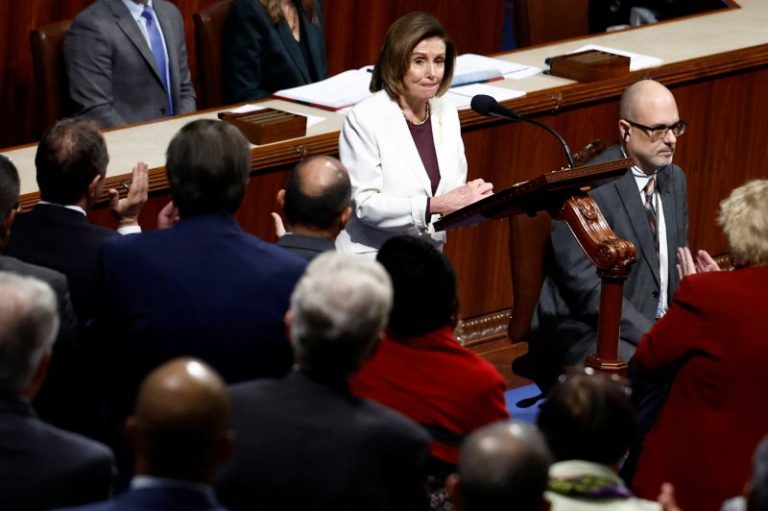It’s not often that Americans tune into the one-minute speeches given by members of the House of Representatives from the floor of that chamber. Perhaps you’d listen if you’re one of those being honored by a legislator; the speeches focus heavily on the accomplishments or legacies of constituents. But otherwise, they are simply another formality that most Americans generally tune out.
It is also not often, though, that the sitting speaker of the House, a legislator who has served in that chamber for more than three decades, plans to respond to her party’s relegation to the minority. So it was that, on Thursday afternoon, the attention of the nation’s political observers turned to the House chamber to see what, exactly, the future held for Speaker Nancy Pelosi (D-Calif.).
Pelosi, as you’ve probably heard by now, will not seek election as the Democrats’ leader in the upcoming 118th Congress, though she’ll retain her seat. In making that announcement, she also reflected on her tenure in the House, drawing attention to one change that she both observed and contributed to since first being elected: the increased diversity of the chamber’s membership.
“When I came to the Congress in 1987, there were 12 Democratic women,” Pelosi said in her speech. “Now there are over 90 — and we want more.”
Pelosi laughed. Members in attendance applauded.
“The new members of our Democratic caucus will be about 75 percent women, people of color and LGBTQ,” she continued, adding that, as leader, she’d worked to expand leadership opportunities for all of those legislators.
But that data point is fascinating. Pelosi began service in the 100th Congress, meaning that she will have served in more than one out of every seven congresses in American history. Back then, though, the House was, in fact, far less diverse than it is now: fewer women, fewer people of color.
The Office of the House Historian publishes data on the diversity of the chamber over time. You can see, plotting each Congress since the country’s formation, how long it took for the composition of the House to include anyone besides White men. There was a small influx of Black legislators in the period after the Civil War, but it really wasn’t until the past few decades that the percentage of women and people of color really began to increase.
In fact, it was only in the 117th Congress — the current, lame-duck Congress — that the chamber was less than half White men. Bear in mind, White males make up only about 30 percent of the country’s population. Since 1987, the percentage of representatives who are Black, Hispanic or Asian women has increased from less than half of 1 percent to 13 percent. More than 1 in 8.
This isn’t a function of Pelosi, of course. It’s a function of the nation’s increasing diversity and of the increasing acceptance of electing women and non-White candidates to positions of power. (In 1986, the year Pelosi won election, more than a third of Americans said they thought men were better suited to politics than women. In 2018, about half as many people held that position.) But this shift also mirrors Pelosi’s rise. She is the first woman to hold the position of speaker in the country’s history.
When she gives up her leadership position in the 118th Congress, the most likely replacement is Rep. Hakeem Jeffries (D-N.Y.) — the first Black man to hold such a position in the House.

